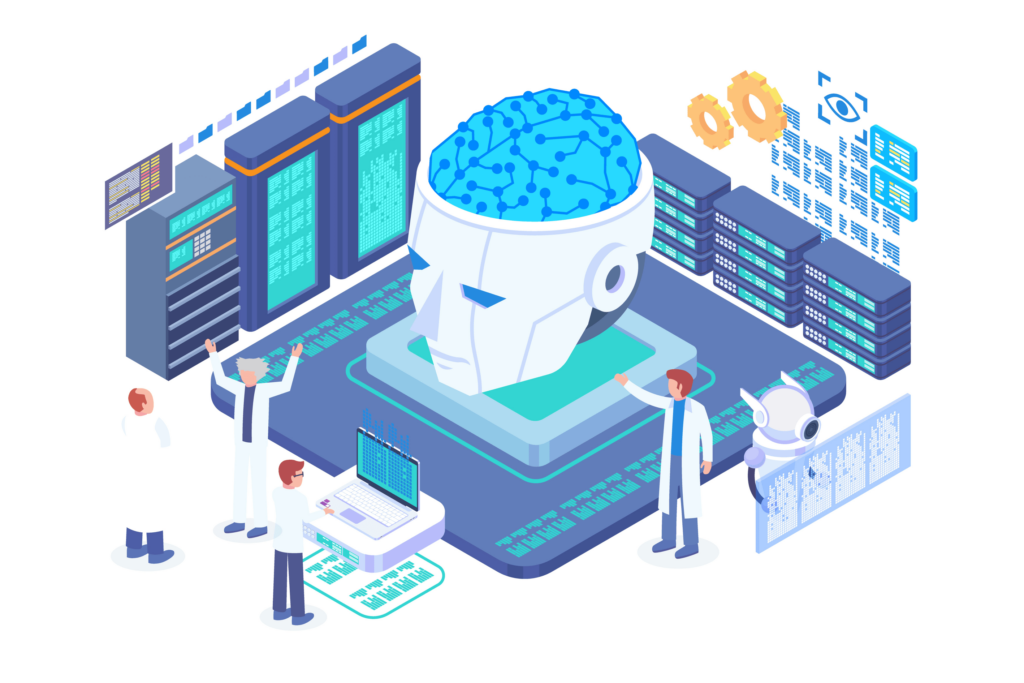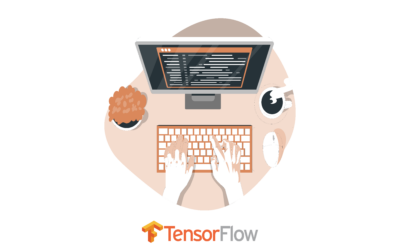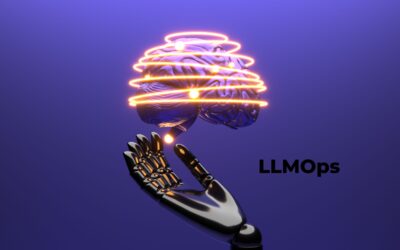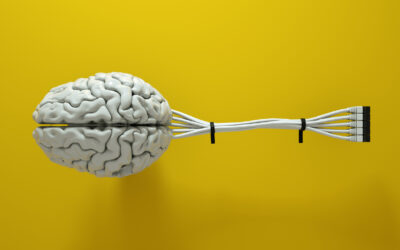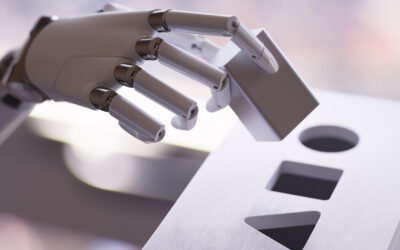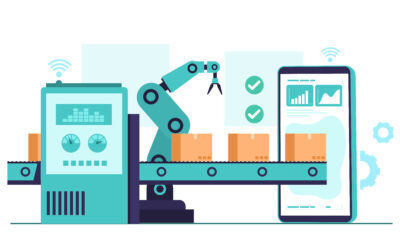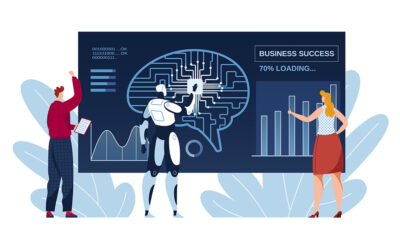Table of Content
- Machine Learning in IoT Helps to Discover and Secure Devices
- Other IoT Use Cases Benefiting from Machine Learning
- Building Machine Learning Features on IoT Edge Devices
IoT is evolving and making impactful changes in virtually all industries by improving processes and products.
IoT devices and data transmissions are growing exponentially, creating many opportunities and challenges for enterprises.
IoT devices generate data in real time that is pushed to the cloud and can be used effectively with machine learning to generate intelligence. Machine learning in IoT is about working with large datasets to create accurate machine learning models trained to analyze and interpret data generated by IoT devices.
Machine Learning in IoT Helps to Discover and Secure Devices
IoT systems usually incorporate many IoT devices with different hardware, software, operating systems, and functions that must interoperate, lack self-protection, and have long-life cycles— creating a large network attack surface. These aspects create challenges in device management, visibility, monitoring, scalability, and security.
IoT devices are usually designed with fixed functionalities that provide data patterns suitable for training machine learning models and implement specific machine learning features that use data insights to trigger responses and alerts.
Machine learning for IoT can be applied to create models that learn from the device type (ID), specific instances, and behavior patterns for identifying and securing devices, detecting abnormal behavior, quarantining devices, improving perimeter defense, and preventing threats.
Machine learning for IoT can also provide a method for authenticating devices and improving user experiences by protecting devices with other methods besides signature-based methods.
Other IoT Use Cases Benefiting from Machine Learning
Machine learning can be used in many other IoT applications as well, such as predictive maintenance, smart homes, IoT supply chain, energy usage optimization, air quality analysis, temperature, task automation, etc.
Building Machine Learning Features on IoT Edge Devices
You can create machine learning capabilities in IoT edge devices using TensorFlow Lite—an open-source set of tools and libraries with models for many domains (including object detection, image classification, pose estimation, video, and audio classification).
IoT engineers can start a project using pre-trained machine learning models to deploy on embedded devices and extend or customize models according to the specific domain.
At Krasamo, we have worked with embedded software and created machine learning software for more than a decade, giving us the expertise to support projects for new partners.

